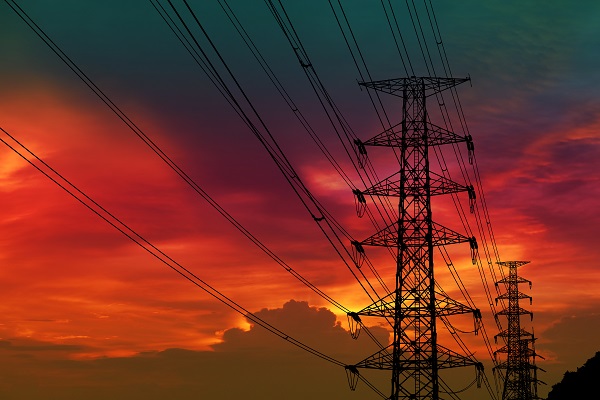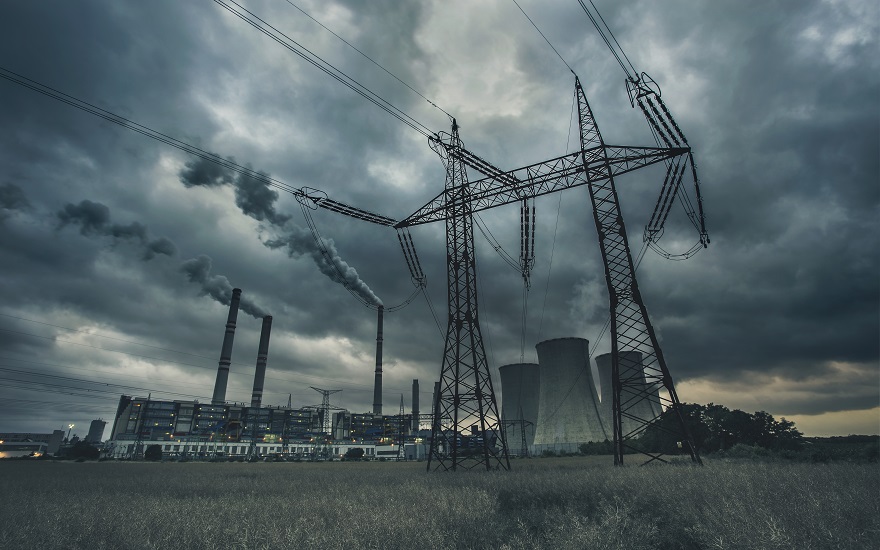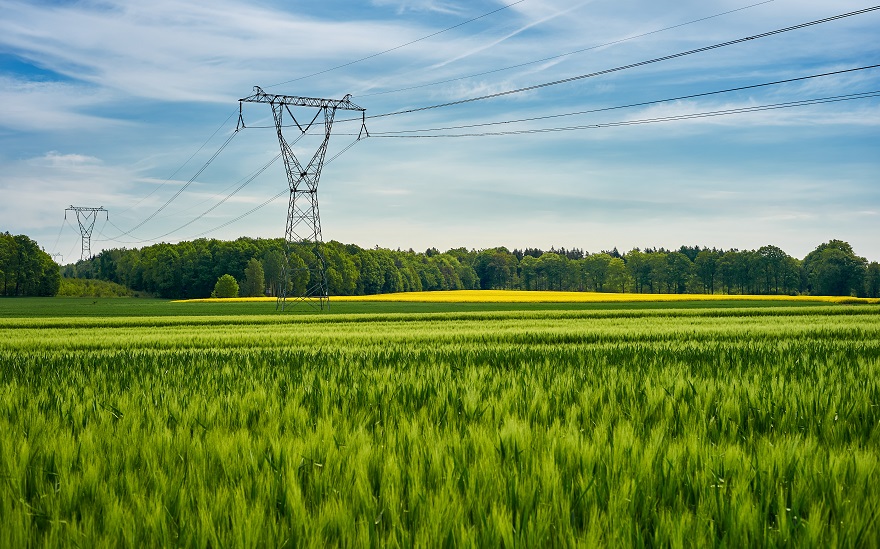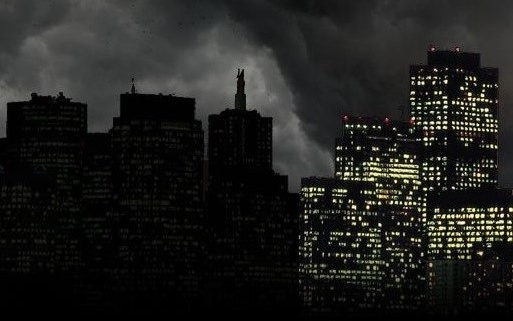National Grid’s Summer Outlook explains the impact of coronavirus on the electricity network and the challenges posed by significantly lower demand for power than usual.
National Grid ESO, the electricity network operator, has published its Summer Outlook report, which provides an annual summary of changes in demand plus an overview of expected demand and generation for the coming months.
It also publishes a Winter Outlook too.
Electricity demand in the UK has already plummeted during the near national lockdown, with use down by 9-13% compared to normal.
Amid the ongoing uncertainty caused by the Covid-19 pandemic, this year’s outlook includes three scenarios rather than the usual single forecast.
In its highest impact scenario, electricity demand could be 20% lower than usual levels.
| Peak Summer Demand (GW) | Minimum Demand (GW) | Minimum Generation (GW) | |
| Initial forecast (‘business as usual’) | 32.1 | 17.6 | 34.9 |
| Low impact | 30.8 | 17.3 | 34.9 |
| Medium impact | 27.9 | 16.4 | 34.9 |
| High impact | 25.7 | 15.3 | 34.9 |
In all scenarios, the minimum expected power generation is comfortably above the expected peak demand. The report states this will be the case even if there are potential issues that delay maintenance work on the network.
Power stations tend to carry out planned maintenance during summer due to typically lower demand and electricity prices than in the busier winter months.
How is #coronavirus and #lockdown affecting the grid? Electricity demand has reduced as we adapt to a new way of life – see examples from April below. Read our #SummerOutlook ☀️ report for our view of the months ahead for #electricity in Great Britain 👉https://t.co/q6LpeA7zdt pic.twitter.com/5GgRWK1sta
— National Grid ESO (@ng_eso) April 16, 2020
“With less industrial activity and more people working at home, we have seen lower than usual demand for electricity.
“We also don’t know how long lockdown is going to last so we can’t say for certain how long demand might remain lowered.”
– Roisin Quinn, Head of National Control for National Grid ESO
“This is no ordinary Summer Outlook report. We are currently in an unprecedented situation caused by the global spread of the Covid-19 virus.
“I want to reassure the millions of homes and businesses that rely on us each day to keep their lights on: we are fully focused on keeping the electricity system running throughout the pandemic.”
– Fintan Slye, Director for National Grid ESO
Balancing The Grid With Lower Than Expected Demand
Lower than usual demand for electricity places different pressures on the network. Roisin Quinn told the Guardian: “The assumption will be that lower demand makes it easier for us to do our job, with less power needed overall and therefore less stress on the system. In fact, as system operator, it’s just as important for us to manage lower demand for electricity as it is to manage the peaks.”
One of the challenges in a high generation-low demand scenario is getting enough inertia into the system to ensure frequency remains balanced and within safe limits.
“Coal and gas generators are currently the only forms of controllable inertia generators on the system.
“So even when there is low demand we might have to bring on some gas and coal generators to ensure that we have enough inertia.
“Also, it’s worth noting demand itself provides inertia to the system and so when demand is lower, this inertia issue is compounded.”
– Julian Leslie, Head of Networks for National Grid ESO
The Summer Outlook outlines four actions the ESO may take to balance the grid:
- Request hydroelectric pumped storage units to increase demand by moving water back into their top lakes
- Curtailing flexible wind farm output via balancing mechanisms – in effect paying operators to switch off at short notice
- Reducing the level of electricity imports from subsea interconnectors
- Issuing local or national Negative Reserve Active Power Margin (NRAPM) notices – this is a rare event where power stations are instructed to turn down output to ensure the grid frequency remains in its safety margin
If required, National Grid does have other ways to add extra flexibility to the system. If the safety margin is insufficient, it can issue an Electricity Margin Notice (EMN) calling on providers to increase output.




